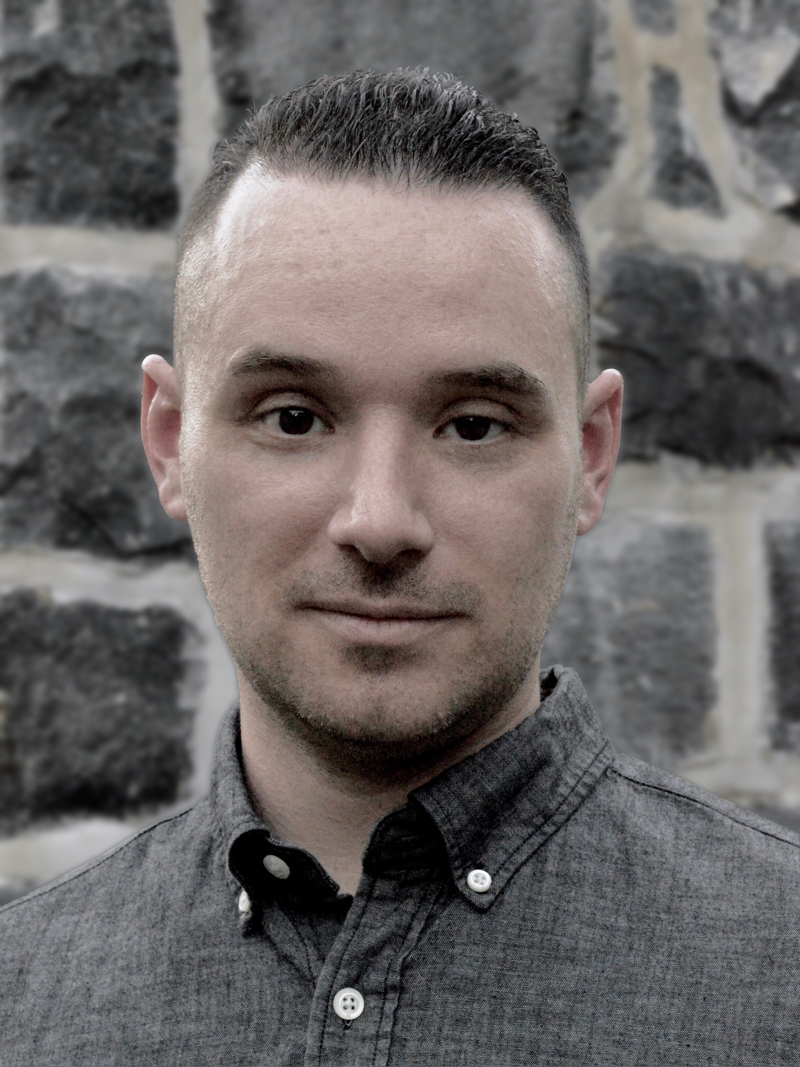
Adam Vidiksis is a composer, conductor, percussionist, improviser, and technologist based in Philadelphia whose music often explores social structures, science, and the intersection of humankind with the machines we build. Critics have called his music “mesmerizing”, “dramatic”, “striking” (Philadelphia Weekly), “notable”, “catchy” (WQHS), “magical” (Local Arts Live), and “special” (Percussive Notes), and have noted that Vidiksis provides “an electronically produced frame giving each sound such a deep-colored radiance you could miss the piece's shape for being caught up in each moment” (Philadelphia Inquirer). His work is frequently commissioned and performed throughout North America, Europe, and Asia in recitals, festivals, and major academic conferences. Vidiksis’s music has won numerous awards and grants, including recognition from the Society of Composers, Incorporated, the American Composers Forum, New Music USA, National Endowment for the Arts, Chamber Music America, and ASCAP. His works are available through HoneyRock Publishing, EMPiRE, New Focus, PARMA, and SEAMUS Records. Vidiksis recently served as composer in residence for the Chamber Orchestra of Philadelphia and was selected by the NEA and Japan-US Friendship Commission to serve as Director of Arts Technology for a performance during the 2020 Olympics in Japan. Vidiksis is Assistant Professor of music technology at Temple University, a founding executive member of the SPLICE Institute, Academy, and Festival, a Resident Artist at the Renegade Theater company, and a founding member of the Impermanent Society of Philadelphia, a group dedicated to promoting improvisation in the performing arts. He performs in SPLICE Ensemble and the Transonic Orchestra, conducts Ensemble N_JP, and directs the Temple Composers Orchestra and the Boyer College Electroacoustic Ensemble Project (BEEP).
Please visit www.vidiksis.com for more information.
twitter: @vidikulous
Compositions
Performed by the Temple University Wind Symphony
Emily Threinen conducting
Wind Ensemble
Anticipation is a powerful force. In the form of anxiety it can keep us awake at night, writhing in terror and despair; as excitement it can act as a fuel for our most profound achievements. Nightfall Hysteria focuses largely on the former: the self-inflicted wounds we suffer when contemplating some dreaded fate in the dark of night. It is often those events that we are powerless to change that cause us the most aggravation. This work explores these complex emotions in seven parts, correlating to the form of a classical rondo. The work begins with a gradually building feeling of despair, which builds to a terrible climax. The subsequent middle section is a moment of peace, a calm in the middle of the storm. It depicts a contemplation of mortality, and a momentary sense of serenity that comes from realizing that our inevitable fate joins us as one humanity. This gives way to a rising sense of anxiety once again, which taunts and mocks as it builds to a pinnacle of chaotic activity. These terrifying moments fade away as the night ends and the dawn rises on a new day.